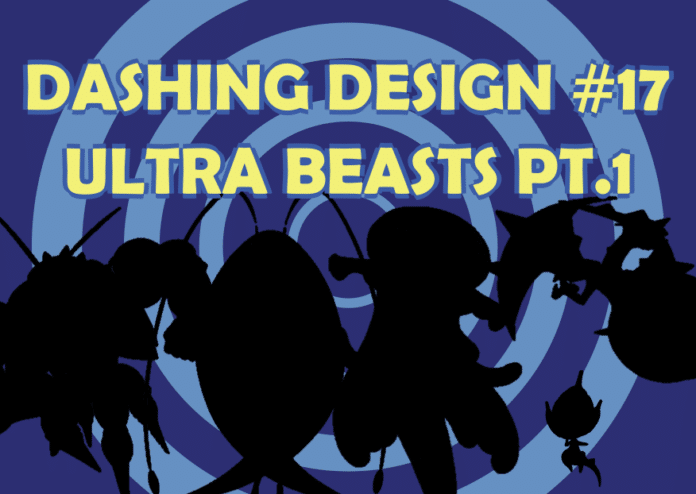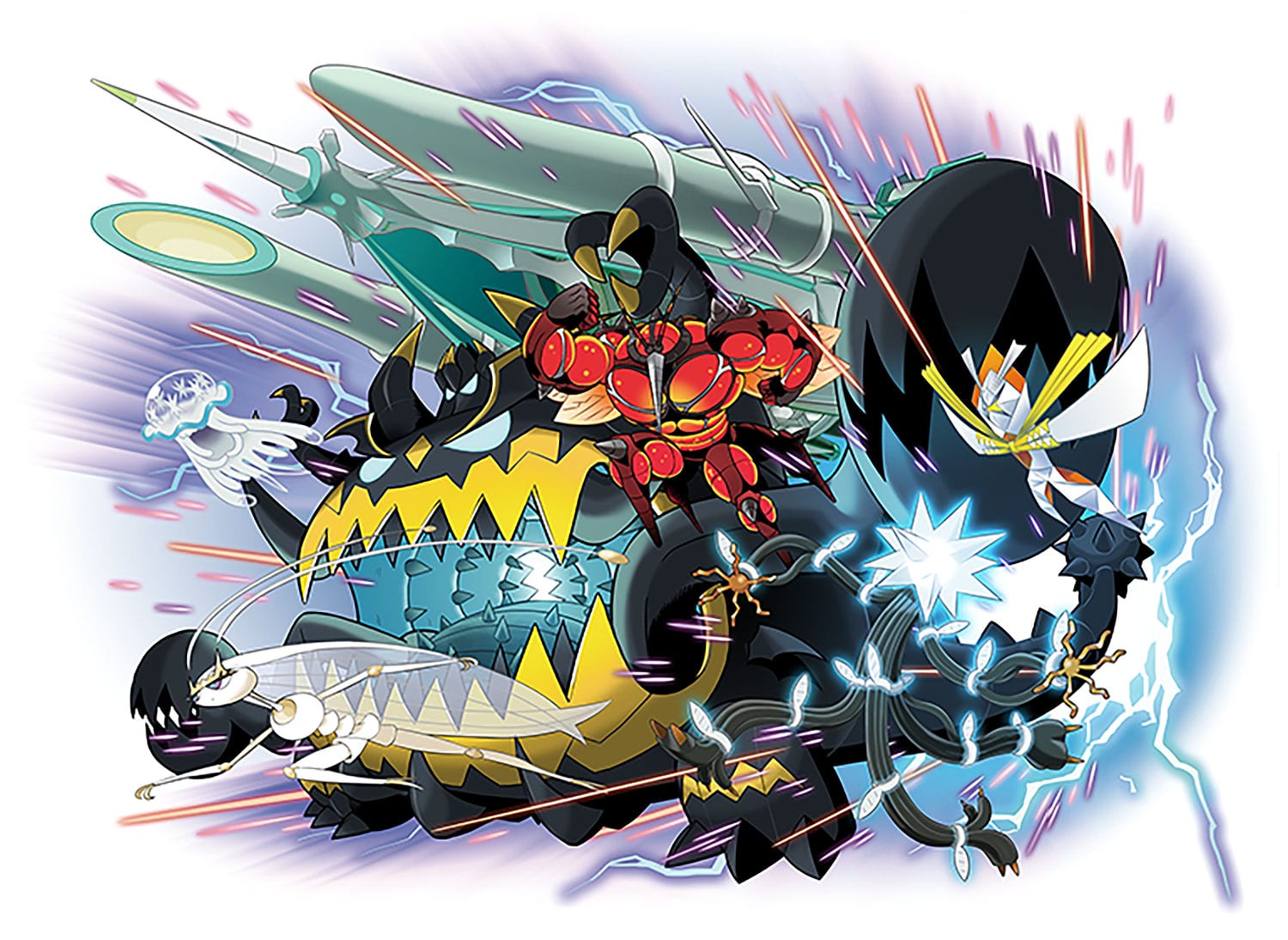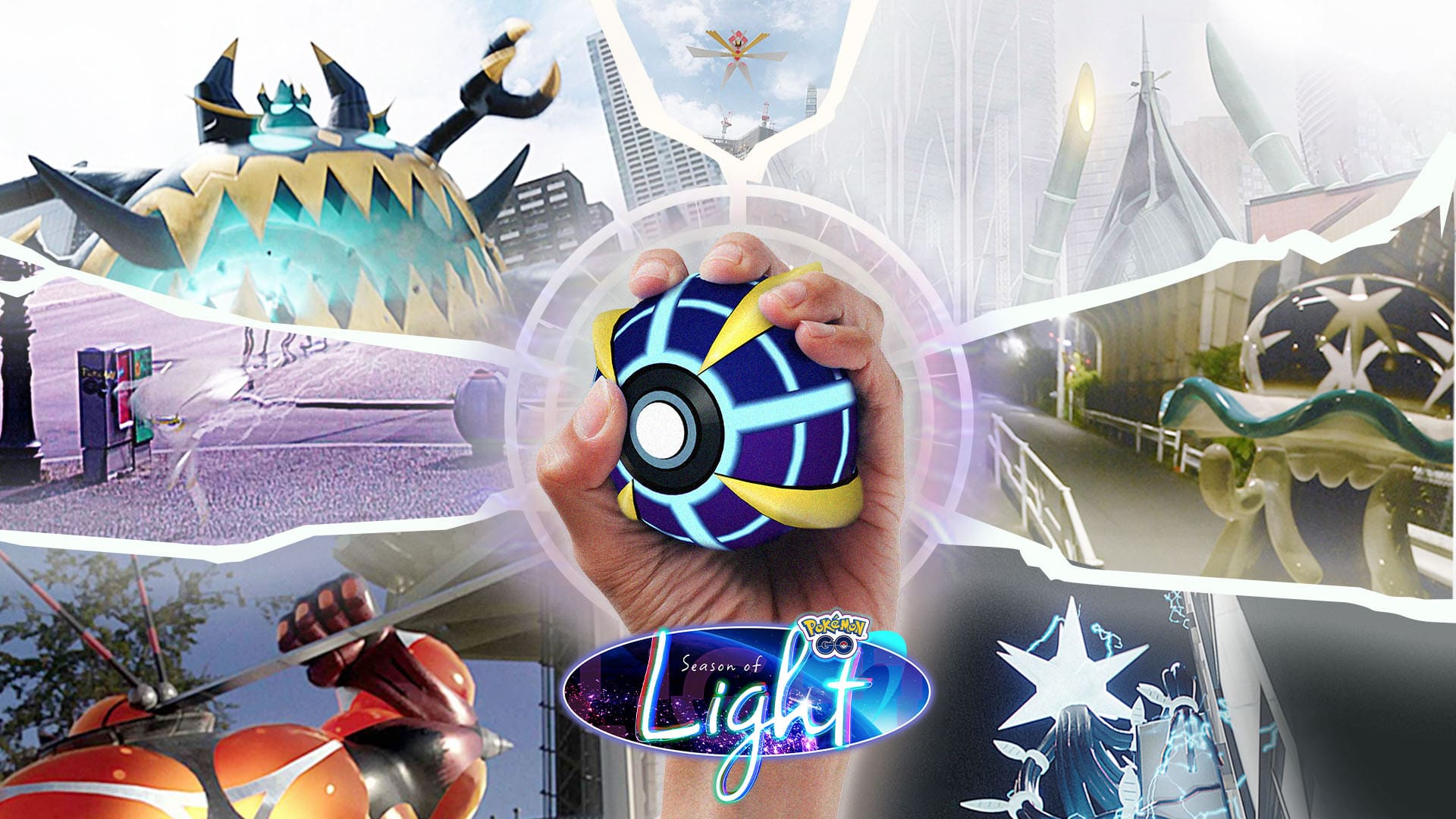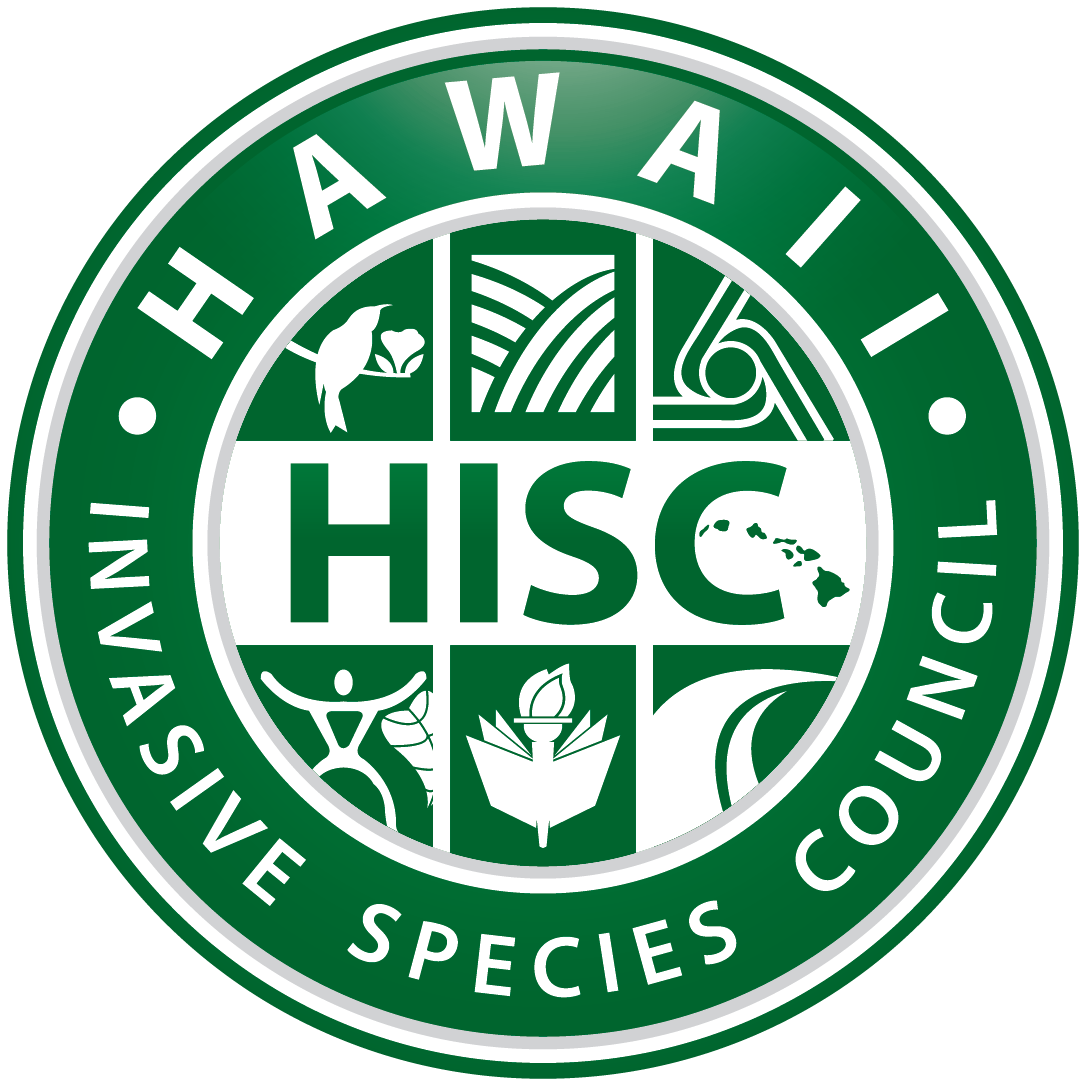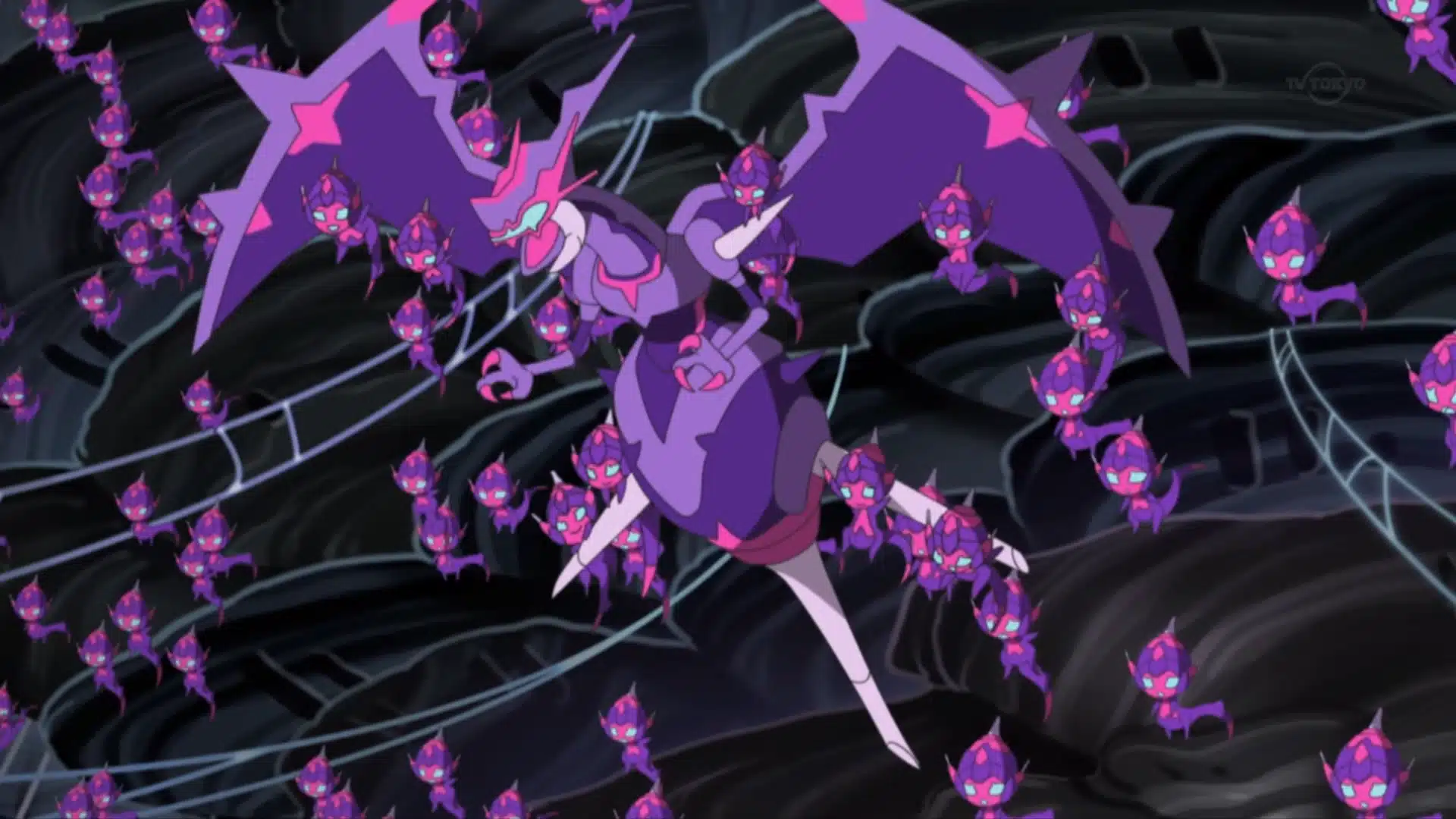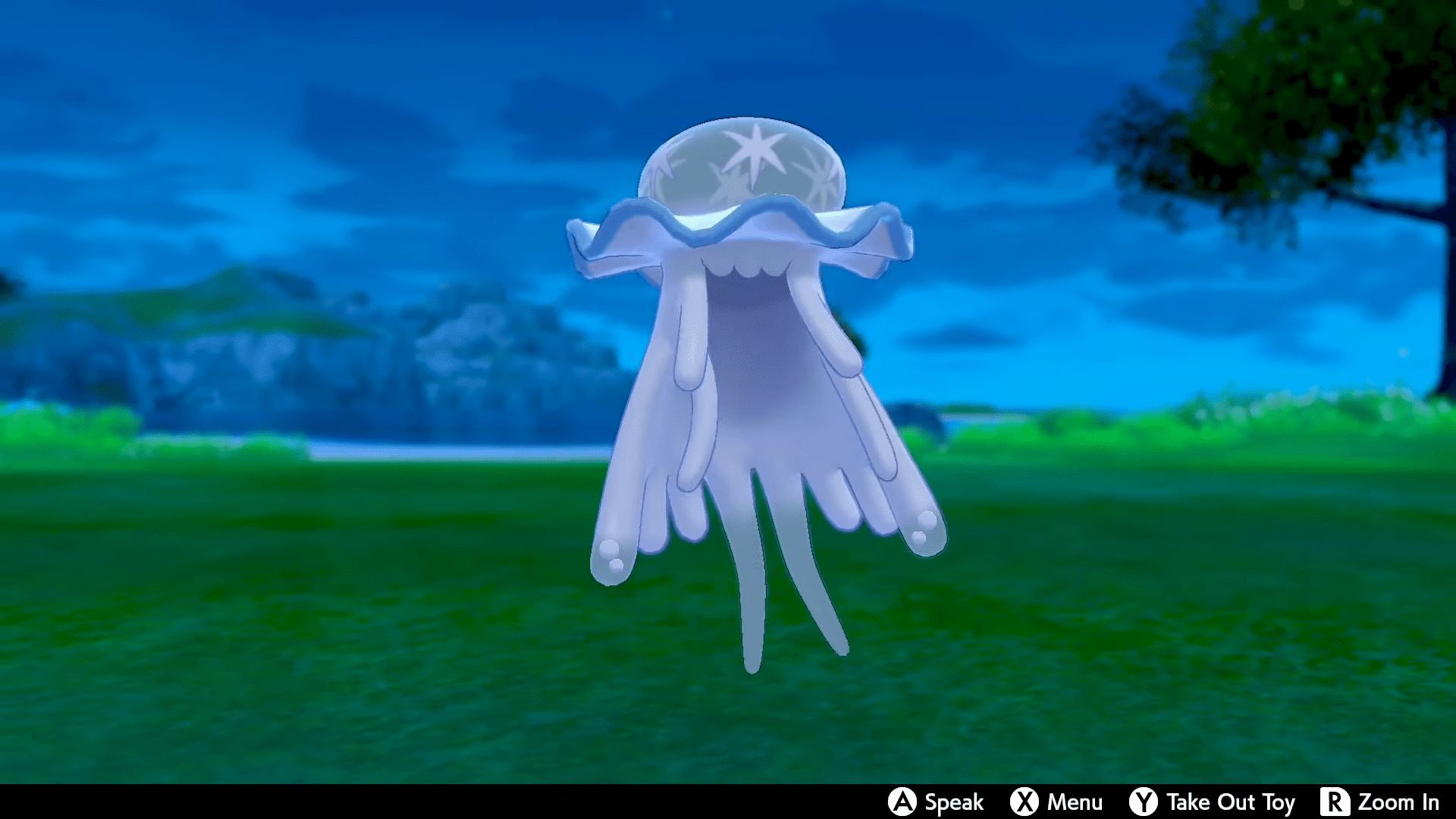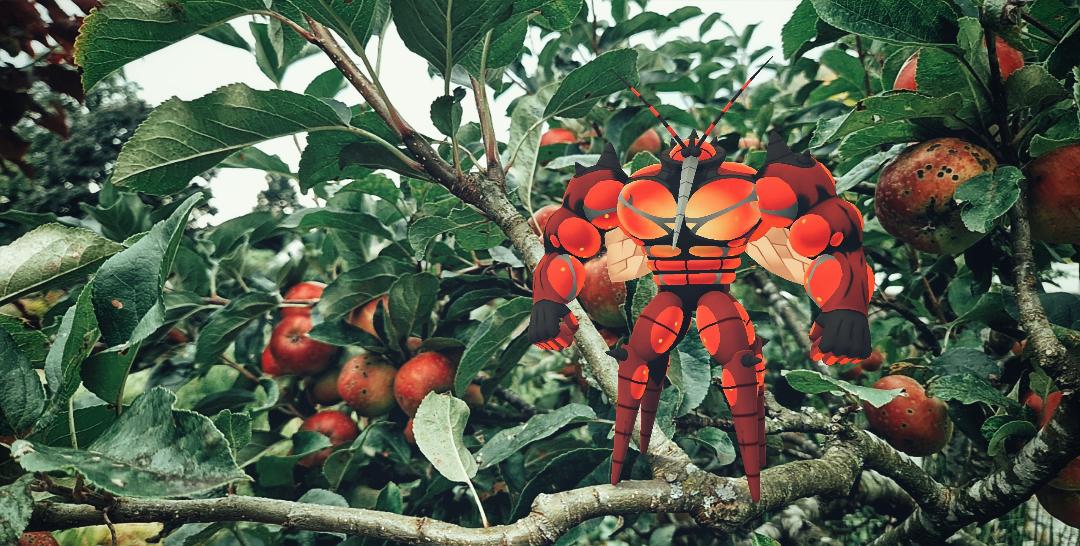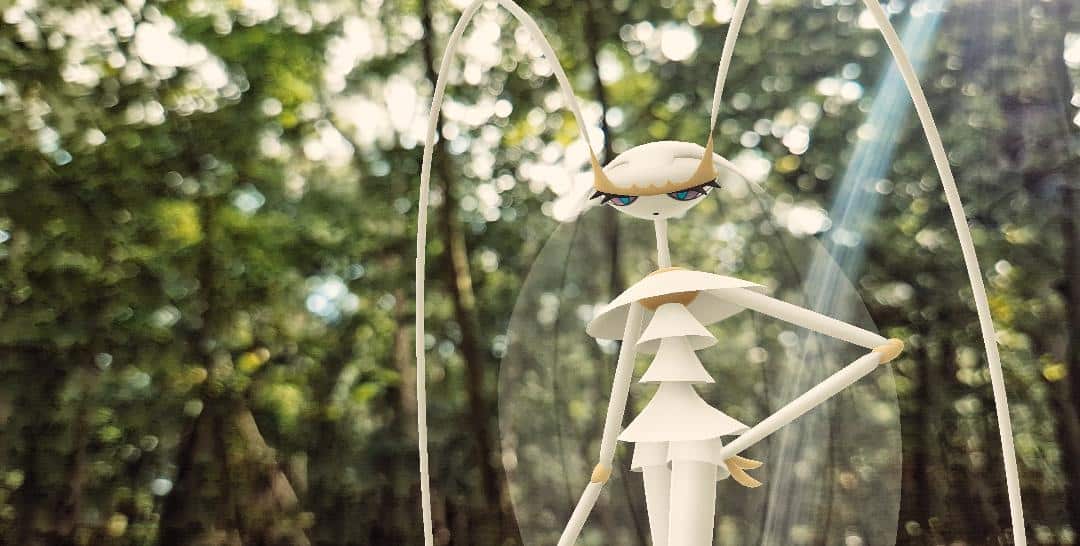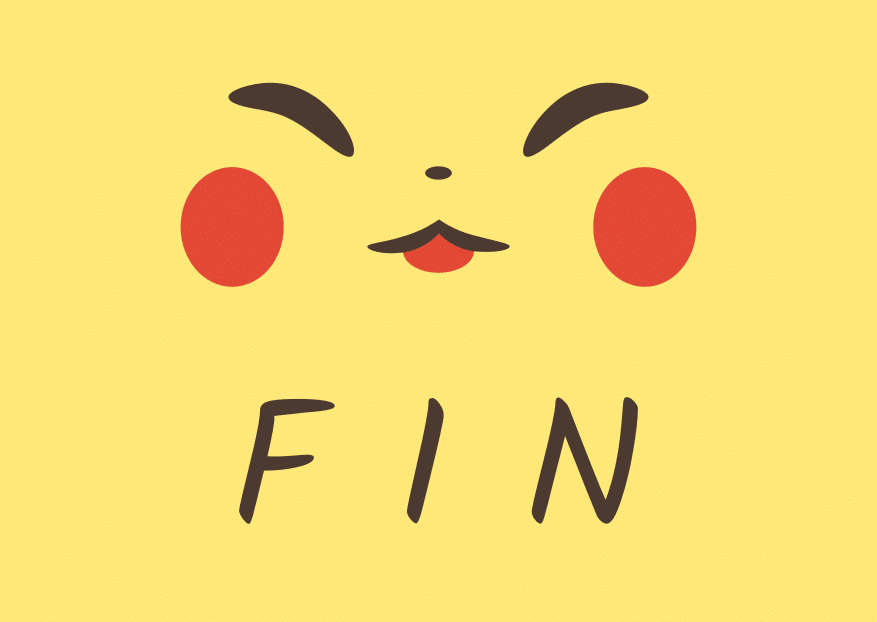Good day, Pokémon Trainers! Have you ever noticed how certain events in Pokémon GO give special attention to a single Pokémon or the community itself tends to hype a new Pokémon up? Have you ever wondered why this Pokémon specifically and what its origins are?
Well, that’s where the Dashing Design series comes in! I’ll be your guide as we take a look at the franchise history, concept, and potential design inspirations of specific Pokémon. And right now it does seem like the year and the season of Alola! All three of the Alola starters are getting their community days, the Tapus and some of the Ultra Beasts are on raid rotation, and this year’s Pokémon World Championships are taking place in Hawai’i.
So all in all, Alola fans are definitely having it good in Pokémon GO. As such, I thought this time we could do things differently and do a rapid-fire round where we look at the key design inspiration for every Ultra Beast. Necrozma is coming to GO Fest with almost all of the Ultra Beast after all. So without further ado, let’s take a look at every Ultra Beast!
Ultra Beast Art by Hitoshi Ariga. Source: Uploaded by GOHub Member Zeroghan.
The Ultra Beasts were first released back in Generation Seven. Generation Seven encompasses the Pokémon Sun, Pokémon Moon, Pokémon Ultra Sun, Pokémon Ultra Moon, Pokémon Let’s GO, Pikachu! and Pokémon Let’s GO, Eevee! lineup of games. To be more precise, most of the Ultra Beasts made their debut in the Pokémon Sun and Moon dual lineup of games which were released in 2016. With Poipole, Naganadel, Stakataka, and Blacephalon releasing later in 2017, first appearing Pokémon Ultra Sun and Ultra Moon.
There have been no new Ultra Beasts since then. This makes sense, as the Ultra Beasts are heavily tied to the story of the Pokémon Sun and Moon series taking place in the Hawai’i-inspired region of Alola. Both in the mainline game series and the manga. And in Pokémon GO, they made their debut in 2022 with the release of Nihilego in raids. Not all of them are available in the game yet though.
Ultra Beasts with Beast Ball in the Middle. Source: Pokémon GO Season Banner.
I think before we start looking at the UBs individually, it’s important to understand what an Ultra Beast is. Ultra Beasts aren’t exactly Pokémon (that’s why you need to use the unique Beast Ball to catch them). Instead, they are interdimensional beings who appear in our known Pokémon world through space-time anomalies known as “Ultra Wormholes”.
What I personally really like about the Ultra Beasts is that they are actively presented as a threat. Shigeru Ohmori, director for Sun and Moon, and producer for Ultra Sun and Moon, stated in an interview that the UBs are inspired by the concept of invasive species, which makes sense considering Hawai’i has its own council to deal with all the invasive species that threaten its biodiversity (Thanks to Bulbapedia for this info). And it certainly shows in how they are presented throughout the franchise.
Hawaii Invasive Species Council Logo. Source: Fair Use Image Collected from Official Site.
What I mean by this is that, while the Pokédex might present some Pokémon as being potentially dangerous. To me, Pokédex entries feel like a combination of facts, in-world folklore, historical beliefs, hearsay, and personal opinions. This is especially noticeable in Pokémon Legends: Arceus, where they seem to be Professor Lavendar’s immediate opinions.
I mention this because, in the stories typically presented in Pokémon stories, most Pokémon are not presented as being immediately hostile to humans. People and Pokémon have coexisted in the Pokémon world for a long time after all. But this is not true for the Ultra Beasts. The Ultra Beasts are presented as something scary, and just being close to them might bring potential threats to one’s well-being.
This can definitely be seen in how they are designed. Their design seems to always be a combination of different common human concepts mixed together by a creator who doesn’t understand why the concepts are the way that they are. This gives them an immediate eerie and alien appearance. With that being said, let’s finally take a look at them!
Poipole and Naganadel
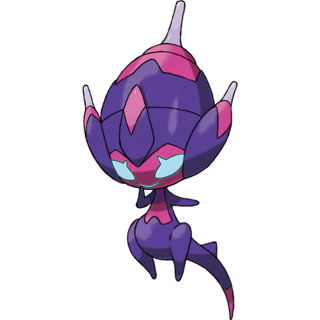 Poipole
Poipole
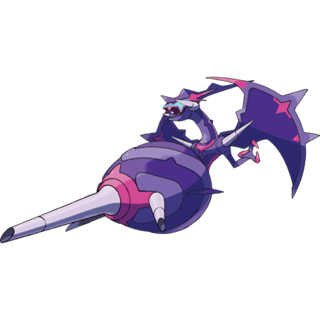 Naganadel
Naganadel
We might have an analysis in greater detail for these two later. So we’ll start with these two and keep their analysis brief here. Poipole is presented as being friendlier and more approachable than the other Ultra Beasts. It is described as being the “Starter Pokémon” of its own world. This makes sense, as Poipole and its evolution Naganadel, seem to be a combination of a wyvern and a syringe (hence the PoisonDragon typing). Naganadel’s shape also makes it seem similar to insects that have stingers, like bees and wasps. Again, makes sense considering its in-game designation is “UB: Stinger”.
Naganadel with Multiple Naganadel from Pokémon the Series: Sun & Moon. Source: The Pokémon Wiki.
But to go a bit, I think it’s time to talk about why I think Poipole being friendlier makes sense. Sure getting stung by a bee hurts really bad, but they are important for the environment. And while syringes can be painful, we use syringes to deal with detriments to our health. In fact, I’m sure all of us having lived through the first few years of 2020 remember vaccines.
And how vaccines work is that you are injected with a harmless version of the harmful virus or a near equivalent to prepare your body’s natural defenses to better prepare against an actual attack from the harmful virus(es). It’s very similar to how the “Ultra Recon Squad” in Ultra Sun and Ultra Moon ally themselves with Poipole to defend themselves against the more dangerous Ultra Beasts in Ultra Space.
Nihilego
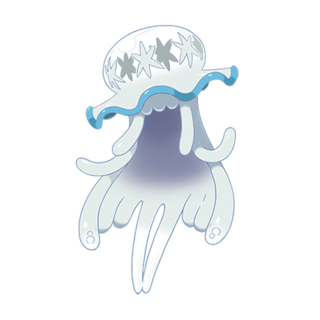 Nihilego
Nihilego
This is what I mean by the fact that the Ultra Beasts have a cool, eerie, alien quality to them. Nihilego’s name is inspired by Latin words. To be more specific, Nihil (meaning Nothing), and Ego (meaning Self). Thus it can be read as “The absence of the self”. It very likely also takes inspiration from the Freudian concept of Id and Ego. Where the Id represents the primal and instinctive part of the human psyche, and the Ego represents the rational part. So Nihilego’s name could be read to mean “The absence of the rational self”.
Source: Official Pokémon Spotlight Video
This name makes perfect sense when you consider its design and the fact that it’s designated as “UB: Parasite” in Japanese. Design-wise it looks like a Jellyfish. And it’s commonly known that a Jellyfish’s sting has a numbing effect. This is similar to how Nihilego releases Neurotoxins to supercharge its host’s natural instincts and abilities in order to help with their survival. As can be seen in its dex entries and its role in the Sun and Moon’s stories.
In real life, there are indeed parasites that either take over their host’s mind or at least do neural damage, such as the infamous Cordyceps that can completely take over ants and are the inspiration for the zombies in “The Last of Us”. The idea of a parasite that takes over people’s minds is also very common in fiction. Such as the Symbiote from Marvel’s Universe(s) and the Life Fiber from Kill La Kill.
As a final note, Nihilego also looks similar to a young girl wearing a large-brimmed brimmed hat. To be more accurate, it shares a striking resemblance to the Pokémon character, Lillie. This is no coincidence, as Lillie’s outfit is chosen by someone close to her, who in Sun and Moon’s story becomes obsessed with UBs and Nihilego in particular.
Buzzwole
 Buzzwole
Buzzwole
This is what I meant when I said that a lot of the Ultra Beasts feel like they were made by a creator who looked at things from our human world and mixed them without understanding them properly. Which again, gives them this very uncomfortable appearance. Buzzwole is a perfect example of this.
Source: Uploaded by GOHub Member kittypokemonsalot
The name “Buzzwole” is a combination of “Buzz” (The onomatopoeia for the sound insects make as they fly around) and Swole (A slang term meaning bulked up or muscular). This is pretty much 1:1 with what Buzzwole is as a Pokémon. A mix of a mosquito, and an attractive masculine individual, or bodybuilder. A mix of something very unpleasant, a harmful and dangerous insect to humans, and something considered a desirable ideal, a muscular body shape.
How Buzzwole maintains its muscular physique is also interesting. As seen in Pokémon the Series: Sun & Moon, Buzzwole “absorbs” the life energy from other living creatures to maintain its physique. This is similar to how Mosquitos often suck blood until they become large, bloated, and reddish, which is also Buzzwole’s regular color.
Pheromosa
 Pheromosa
Pheromosa
Pheromosa is meant to be Buzzwole’s counterpart. You could only catch Buzzwole in Pokémon Sun and Ultra Sun of the Gen 7 games. And you could only catch Pheromosa in Pokémon Moon and Ultra Moon in that generation. As such, Pheromosa plays on similar concepts to Buzzwole but in a different fashion. (Hehe, see what I did there? No? We’ll get to the analysis then).
Source: Uploaded by GOHub Member kittypokemonsalot
Pheromosa is a combination of Pheromone (A type of chemical secreted externally by certain creatures) and either Hermosa or Formosa (meaning beautiful/attractive in Spanish and Italian respectively). Its Japanese name is more direct, Pheroache. A mix of Pheromone and Cockroach. Pheromones may have multiple purposes. But the most commonly known use of pheromones is that: members of certain species may release pheromones to attract potential mates.
And through this, we find the influences in Pheromosa’s design. A cockroach, and an attractive feminine figure, a fashion model. The typical lanky house cockroach is a generally disliked entity. It’s seen as creepy and unpleasant. But Pheromosa uses its cockroach wings to give the impression of long-flowing hair. And the typical lanky appearance of the cockroach is used to give that desirable slender figure. Thus much like Buzzwole, Pheromosa mixes something we typically find attractive and something we find unpleasant to create an eerie discomfort in their design.
And there we go! Honestly, even though these are meant to be individually brief analyses of each of the Ultra Beasts’ designs. When we get down to it it’s hard to not want to talk more and more about their design influences. They are just so unique among the various types of Pokémon created. To the point where they aren’t even exactly Pokémon. As such I don’t think it would even be fair to summarize all of the UBs in a single article and we will finally have Dashing Design’s first double parter. And this is why, the Ultra Beasts designs, are quite dashing!
Goodbye for now, Pokémon trainers. Priom-out!

